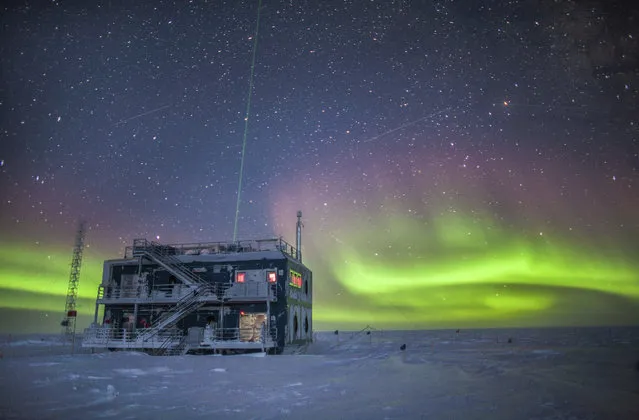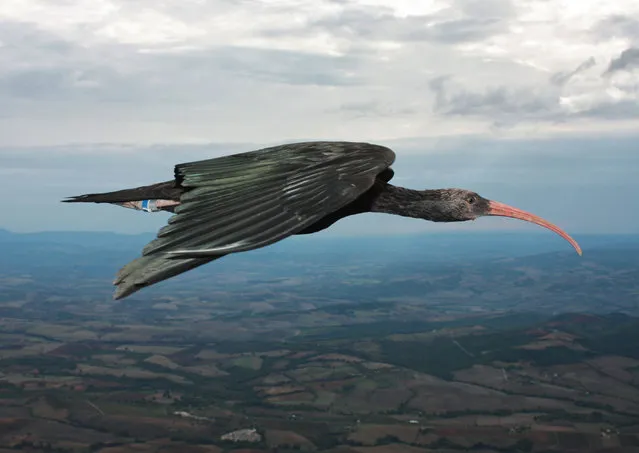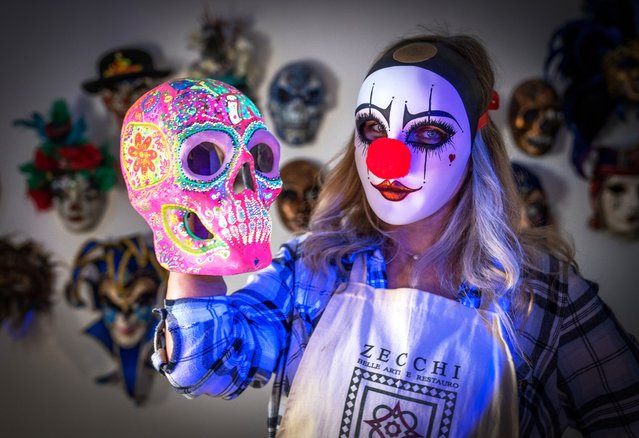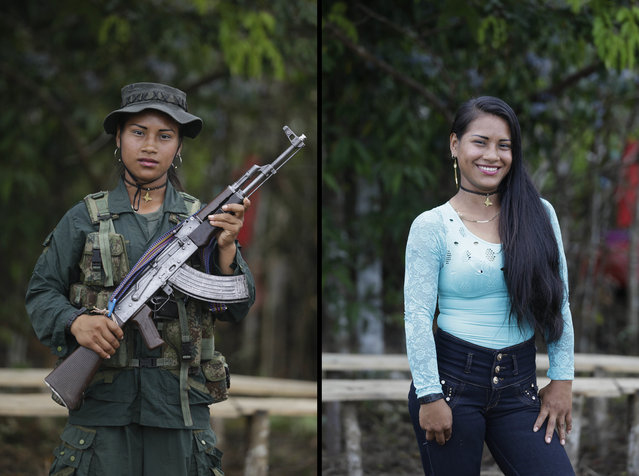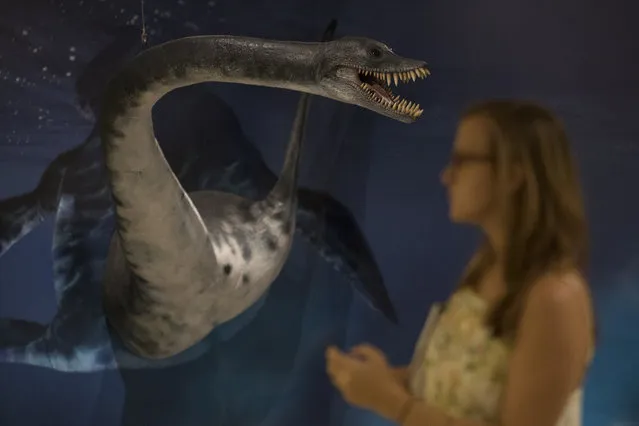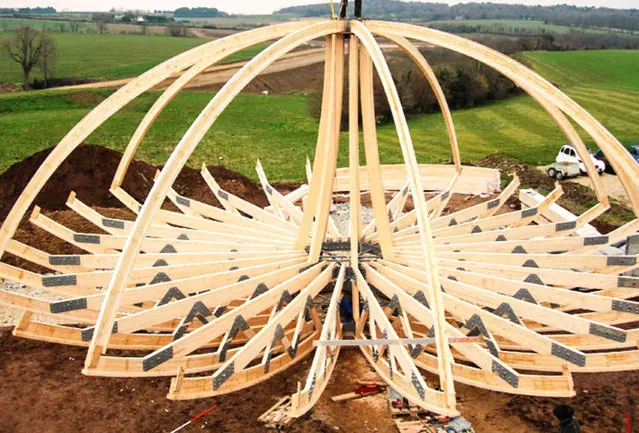
Patric Marsili design this innovate and sustainable dome with modern and contemporary touching using wooden materials which called as the Solaleya Dome Home in 1988. The futuristic design of the dome has two advantages. Although mortgages fresh profile, characteristic, and also make a thorough study of the factors pressing on a roll at home. General characteristics of the window, that bright, sun-drenched course will enable indoor use.
25 Sep 2014 09:04:00,post received
0 comments


